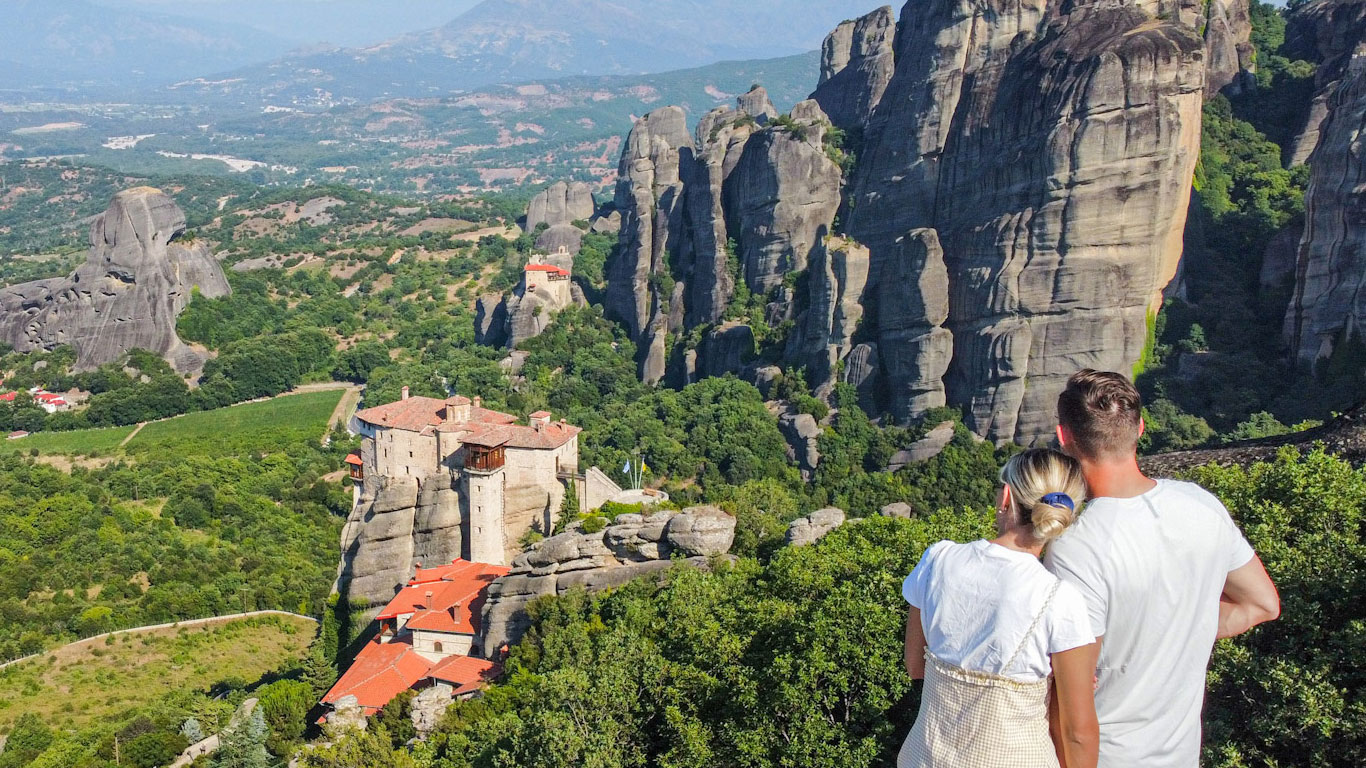
Pnyx: The birth of Democracy
Pnyx: The birth of Democracy
Posted on August 12, 2021
Next stop on the Hills, Pnyka! Pnyka is a symbol of the spirit of Democracy.
The Assembly
It is actually the spot where democracy took place from the 6th century b.C. to the 4th -for the almost two whole centuries that Athens thrived in its democratic political system. The speeches took place there, up on the hill and the voting followed. All Athenians above 20 years old -military service completed- had the right to vote. We have to say they were not this much of a majority, considering that city’s population also consisted of women, slaves, and people coming from other regions to live in Athens -these groups had no right to vote back then.
But after all, the idea itself is of great importance: for the first time, citizens affected the main factor that regulates their lives, law. This was GROUNDBREAKING!
Back to the present, let’s take a look at the area: Pnyka is the hill between the Nymphs’ hill in the north (the observatory is also there, we mentioned it in the Astronomy blog post!) and Philopappou hill in the south. All three hills are the Western hills of Athens. Their name is after the location on the west of the Acropolis. What’s more, they are among the top recommendations for summer exploration in ancient history!!
The Sacred
In antiquity, Pnyka has always been a sacred place. Along with the Nymphes’s hill, it’s been Domus of many aspects and beliefs applying in public life. For example, we have the beliefs about the Nymphes living on the hill and possessing people’s minds and souls. By the way, these stories were fluently passed down to the new generations. This way, they keep existing in greek tradition and folklore. We also have the placement of two Zeus altars, right next to the orator’s podium on Pnyx hill. The one was the Altar of Zeus Agoraios and the other the Sanctuary of Zeus Hypsistos. Both made for the dominant father of men and gods.
The Sanctuary of Zeus Hypsistos has a really interesting story. On the wall of the sanctuary -meaning on the rock of the hill- were chiseled niches. The archaeologists discovered them through the excavation. The research has shown that maybe they were places for sculptural representations of human body parts. Sculptures and other artifacts were gifts to Zeus, who gave his blessing to the prayer as a reward. This pratique has survived safe and sound for many years. Eventually, it reached the Greek orthodox tradition and made it to this day. Nowadays, our oblations are representative of what we need to be given.
It is so amazing how societies grow older by keeping their past fragmented in habits slightly transformed as time passes. Regardless of what is considered sinful, this is a way to go on and evolve.
And it is also food for thought how politics and religion were close enough geographically and in content for past societies. Maybe it applies to present societies as well.













